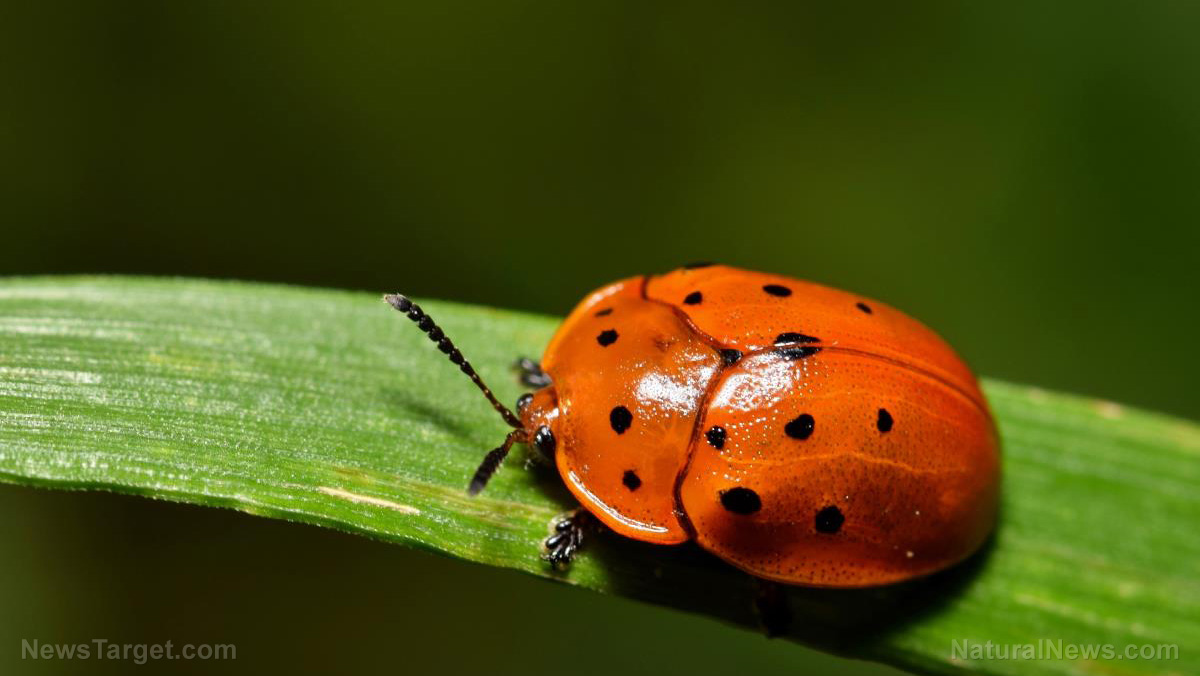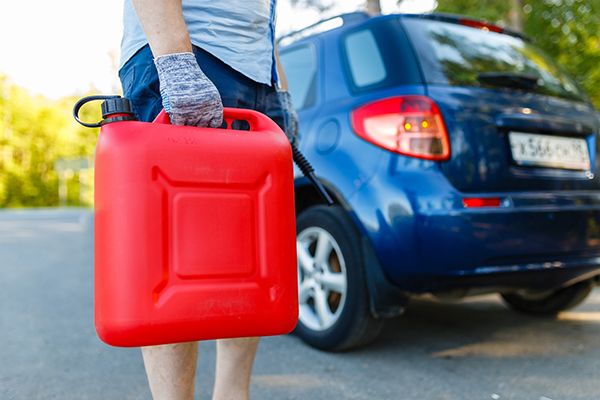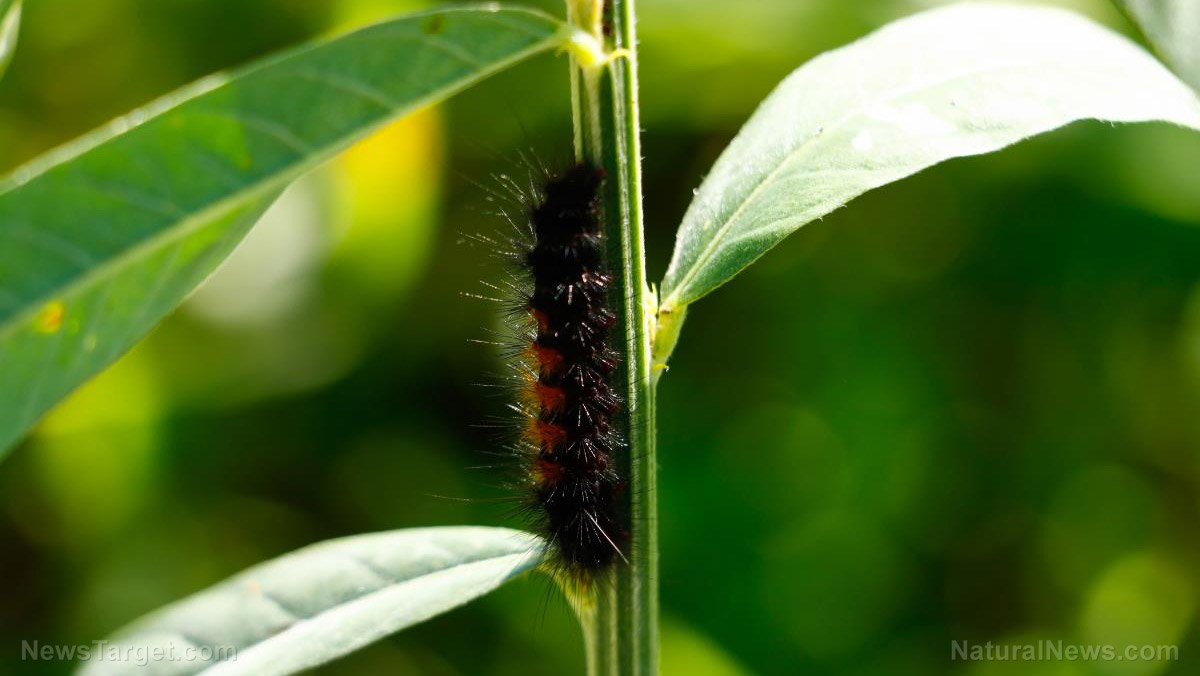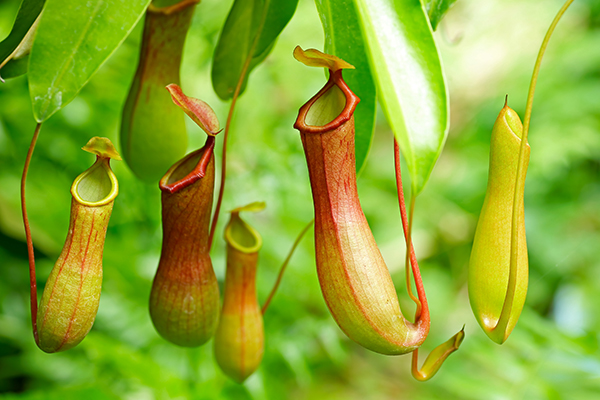Water-saving toilets waste billions of gallons of water each week
10/13/2020 / By Divina Ramirez
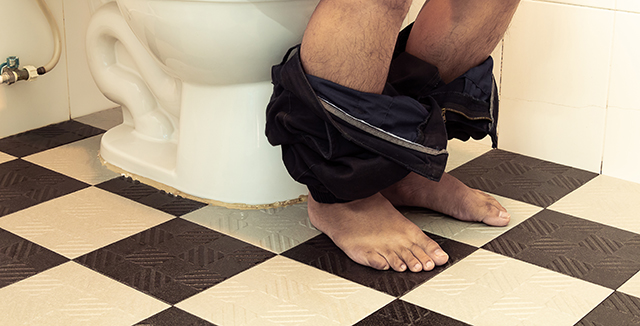
The dual-flush toilet wastes more water than it conserves, warned the U.K.’s largest water firm. In a recent report, conservation group Waterwise also estimated that between five to eight percent of U.K. toilets are leaking, with most of them being dual-flush.
While designed to save water, the dual-flush toilet’s unique mechanism and its confusing buttons could be to blame for the water loss it generates, said the group, which amounts to about 88 million gallons every day. Even then, this figure could become even bigger as more people refurbish older toilets.
For one, dual-flush toilets use a drop valve instead of a siphon, which sits at the tank’s bottom. The valve opens to allow the water to flow out when the flush is pressed. However, mineral deposits, debris and other issues can cause the mechanism to fail to close, allowing the toilet to fill until it leaks.
Dual-flush toilets also allow users to have a half-flush for urine or a full 1.6-gallon flush for solid waste. In contrast, a single-flush toilet uses 3.5 gallons of water per flush. When used right, dual-flush toilets can save up to 68 percent more water than a conventional single-flush toilet.
However, this feature has caused much confusion among users. Thames Water attributed the dual-flush toilet’s bad user experience to poor design. Recent research from the water firm showed that at least half of all dual-flush toilet users in the U.K. pressed the wrong button or even both.
Reducing water loss
With dual-flush toilets becoming a popular choice for newer homes in the U.K., experts fear that leaking toilets across the nation could translate to billions of gallons lost. Those 88 million gallons of water lost could be more than enough to service at least seven major U.K. cities.
Jason Parker, managing director of the U.K. plumbing manufacturer Thomas Dudley Ltd, said that dual-flush toilets are their best sellers. Regardless, drop valves ought to be banned in the U.K., he said. Parker also proposed bringing back the siphon of single-flush toilets as it is less prone to leaks.
However, Bathroom Manufacturers Association (BMA) chief executive Tom Reynolds disagrees with Parker’s proposed ban. Even though he admitted that drop valves are more likely to leak, Reynolds claimed that individual companies still haven’t found the root cause of leaking dual-flush toilets.
Leaking toilets pose big problems
Even with their higher price point, dual-flush toilets are viewed as more cost-efficient options than single-flush toilets, with most consumers banking on the prospect of lower water bills in the long run.
However, this could not be further from the truth, as experts found. For one, a clogged dual-flush toilet will continue filling with water until it leaks, which is no less different from leaving the tap running.
The smallest leak can also waste enough water to fill a swimming pool within a week or so, resulting in a higher water bill at the end of the month. (Related: Leaky pipes cost America 1 trillion gallons of water per year – 9% of California’s water deficit.)
Leaking toilets can also translate to structural damage and repair costs. If the toilet is leaking from the base, water can seep into the floor and damage the structural support beneath and around the toilet, creating unsafe bathroom conditions.
Toilet leaks also allow mold to grow. Once it spreads through the walls or on the floor, mold can cause several health issues, such as throat irritation, rashes, coughs and nasal stuffiness. Mold can also exacerbate asthma or trigger skin conditions in some people.
Learn more about reducing water loss at CleanWater.news.
Sources include:
Tagged Under: badtech, dual-flush toilets, environment, inventions, toilet leaks, toilets, water, water conservation, water loss, water supply






